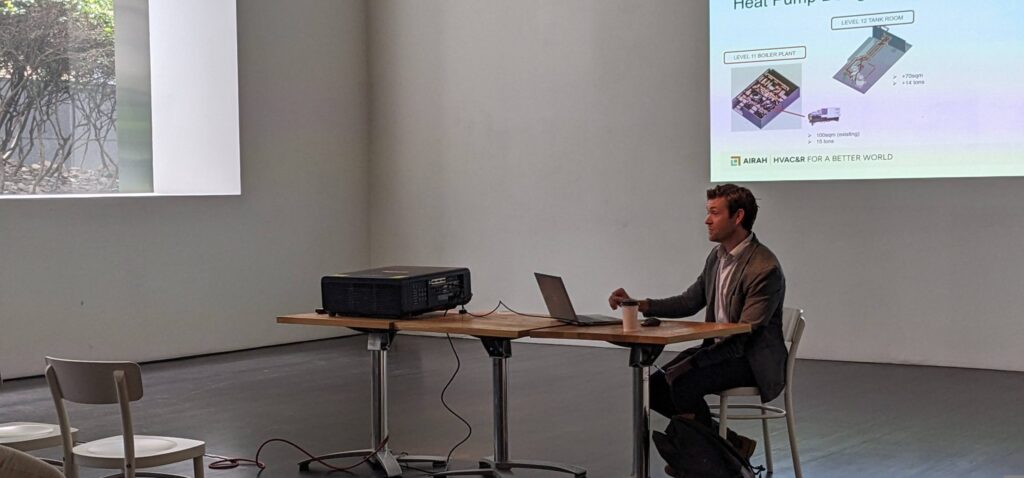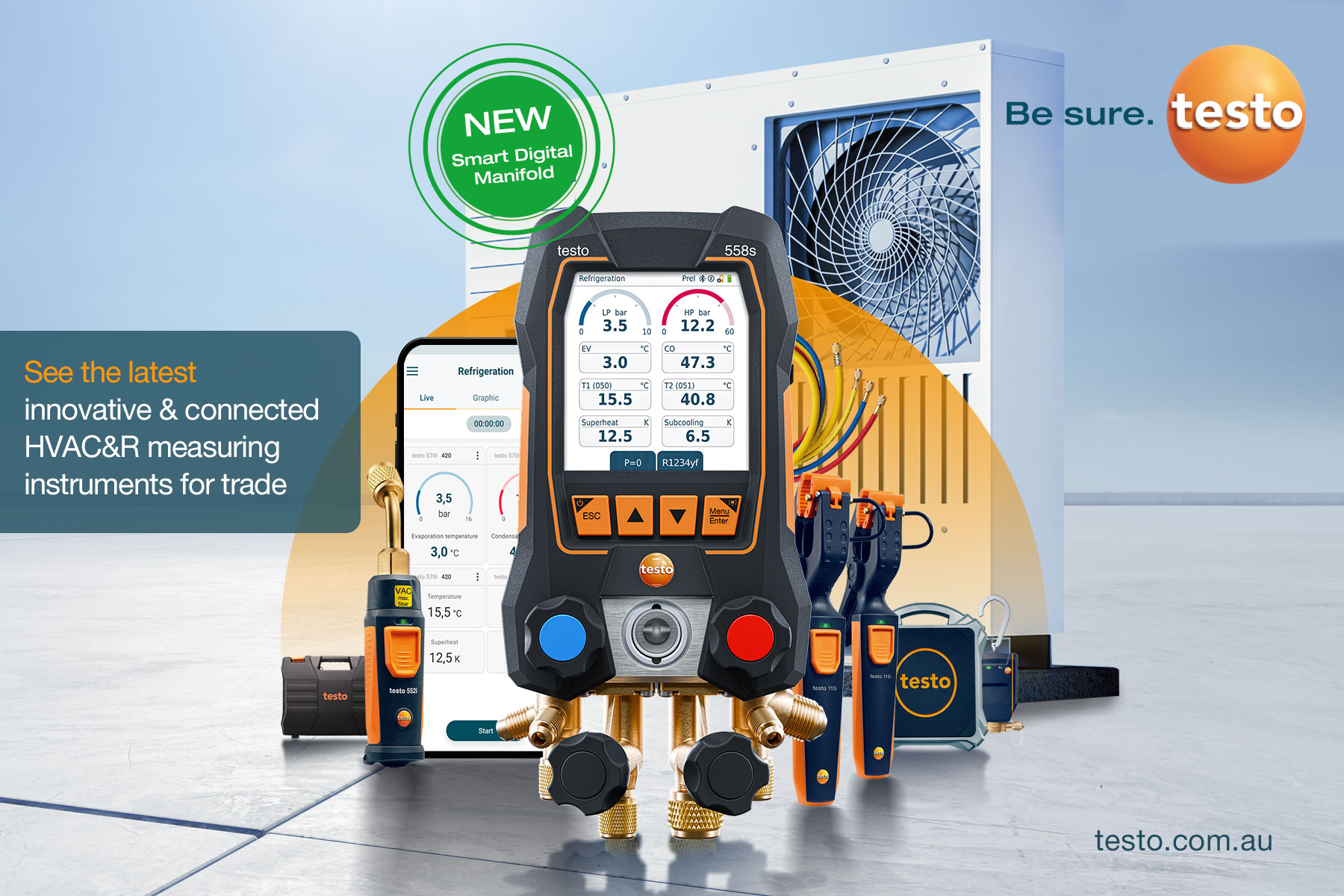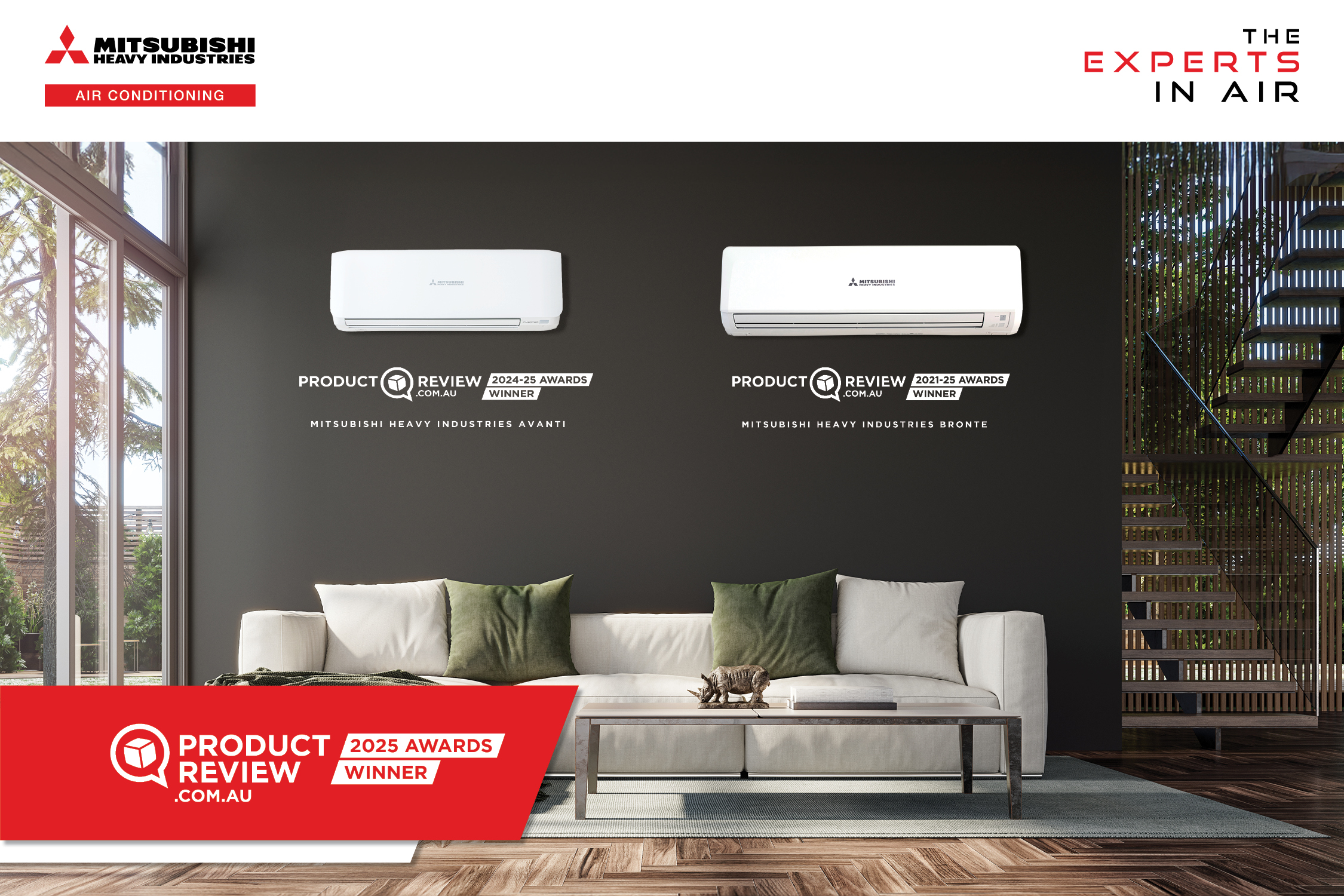AIRAH Victorian division chair Rula Karali, M.AIRAH, reflects on the Institute’s recent site visit to 101 Collins in Melbourne.
On Wednesday, February 19, AIRAH’s Victorian division hosted a site visit to one of Melbourne’s most iconic office buildings, the recently upgraded 101 Collins Street. Since 1993, 101 Collins has been one of the most desirable addresses in the Melbourne CBD, and its full electrification serves as an excellent case study for how high-rise buildings can decarbonise.
AIRAH Events Officer Lukas Skaife was part of the team that organised the site visit, along with Jamie Park, Dan Waack, Affil.AIRAH, and Gareth Wheatley from A.G. Coombs, and Selva Thiru and Sahil Madan from 101 Collins.
“The transition to 100 per cent electric power at 101 Collins Street is not just a milestone for the building, but a showcase of what’s possible in sustainable commercial real estate,” Skaife says.
“This site visit was a fantastic deep dive into the future of sustainable buildings! The team at 101 Collins has demonstrated how ambitious sustainability goals can be achieved seamlessly while maintaining tenant comfort and operational excellence.”

Face-to-face learning
The 101 Collins St site visit provided invaluable insights into the real-world implementation of HVAC electrification in a high-rise commercial setting. Key takeaways from the site visit include:
- Seamless transition to electrification: The building successfully transitioned to 100 per cent electric power over 12 months without disrupting tenants, demonstrating that large-scale sustainability upgrades can be strategically managed and phased in.
- Heat pump integration challenges: The adoption of high-temperature water-source heat pumps (75°C) and air-source heat pumps highlighted the complexities of electrifying heating systems while balancing energy efficiency and structural constraints.
- Structural and electrical considerations: The need to remove 50 tonnes of roof pavers manually and upgrade switch rooms and power infrastructure underscores the engineering challenges of retrofitting existing buildings. The project team did an incredible job!
- Prefabrication as a solution: Pre-assembling plant modules off-site significantly reduced installation time, crane costs, and road closures, showcasing this option as potential best practice for future projects.
- Sustainability as a competitive advantage: 101 Collins St has maintained its reputation as a premier commercial property by achieving NABERS Carbon Neutral Certification and integrating solar energy into its system, reinforcing the value of sustainability in asset management.
A logistical marvel
The most compelling aspect of the site visit was witnessing firsthand how a landmark commercial tower has adapted to the future of HVAC. The scale of the 3.2MW heat pump HVAC system, which now fully supports the building’s comfort heating, was impressive.
The logistics behind the system replacement were mind-blowing, requiring careful consideration and planning down to the most minute detail. The location of the building was also a major challenge; the team had to carefully plan for road closures in such a busy, high-traffic area order to replace the equipment.
It was great to hear directly from the engineering and project management team – Jamie and Gareth from A.G. Coombs – about the project’s challenges and solutions. This kind of perspective is so much more valuable in person – it’s often impossible to capture that level of insight in reports or presentations.
The importance of site visits
Site visits like this are critical for AIRAH’s division committees and state members for several reasons:
- Hands-on learning and knowledge transfer: Seeing electrification technologies in action bridges the gap between theory and real-world application, making it easier to apply lessons learned to other projects.
- Networking and collaboration: These visits provide an opportunity to connect with industry experts, project managers, and sustainability leaders, fostering collaboration on future innovations.
- Advancing industry standards: By engaging directly with cutting-edge projects, AIRAH members can influence best practice, policy discussions, and the adoption of new technologies within the HVAC&R and building services sector.
- Promoting state-specific strategies: Each state faces unique climatic, regulatory, and infrastructure challenges. These visits allow committees to tailor solutions to local needs and advocate for practical, scalable electrification strategies.
- Inspiring the next generation of stakeholders: Showcasing real-world examples of sustainability leadership can inspire engineers, consultants, and policymakers to push for similar decarbonisation efforts in their own portfolios.
You can see upcoming Victorian division events on the AIRAH website.



Leave a Reply